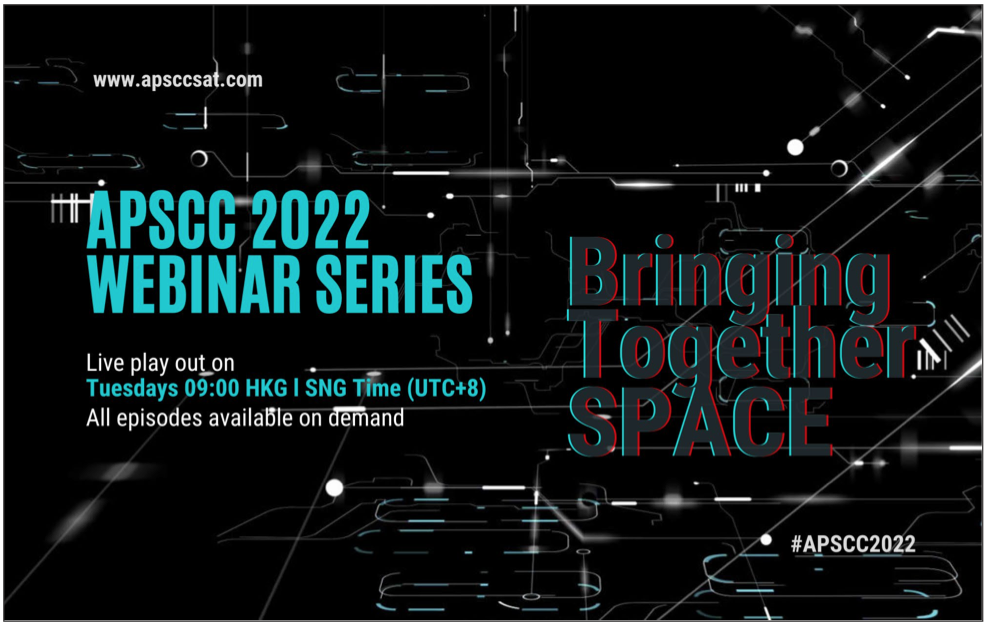Over the last 25 years, optics and photonics have been key enabling technologies in many scientific and technological areas that include aerospace, defence, healthcare, life sciences and telecommunications.
More recently, these advances are assisting with the development of next generation space technology in areas that include inspection, navigation, remote sensing, and telecommunications, as well as ground-breaking scientific space research.
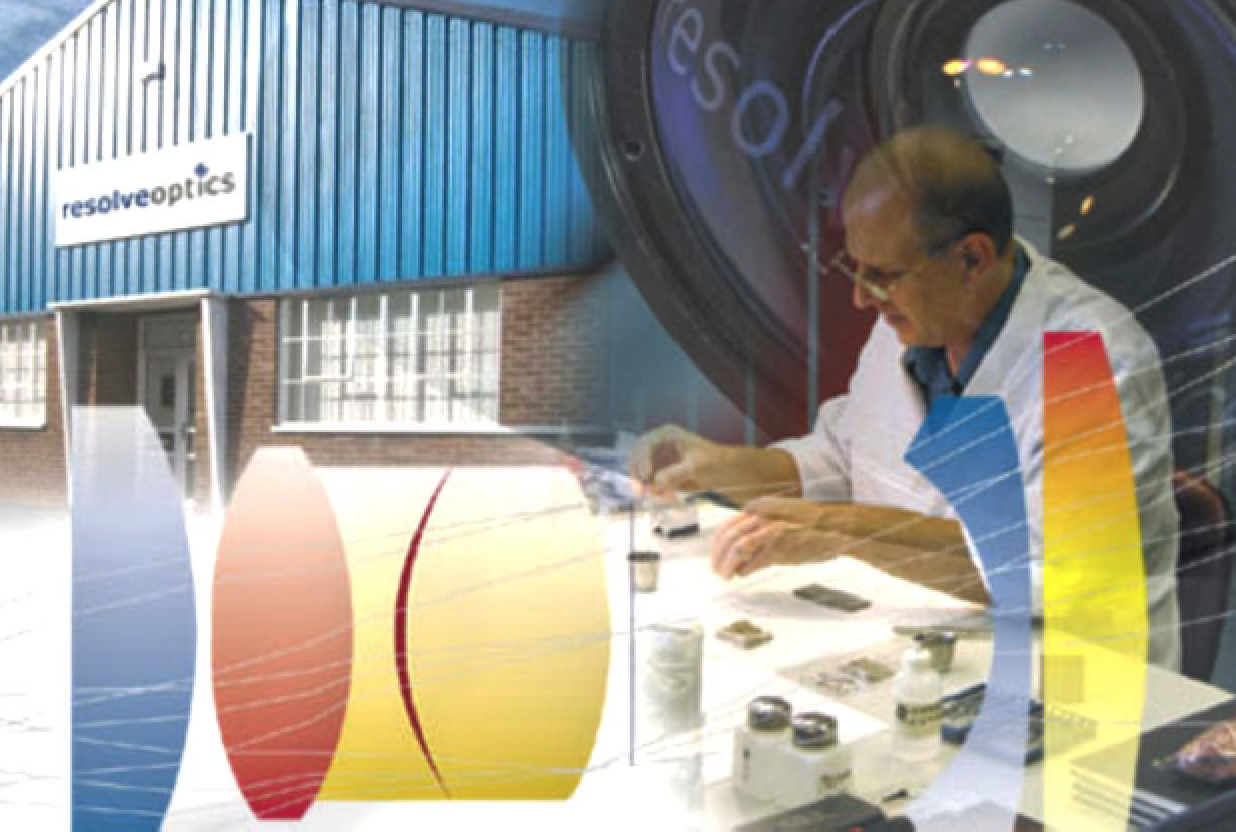
The advantages of optical and photonic systems over competing electronic technologies traditionally for use in spaceborne instruments includes low power consumption, improved bandwidth, smaller size and weight, electromagnetic interference immunity as well as higher transmission and processing speeds.
The focus of this article is to discuss the challenges of developing lenses and optical systems for satellites that are ready to withstand the harsh environment of space over extended periods of time.
Setting The Goalposts
For a lens or optical system to be considered space ready it must meet some very strict requirements. These requirements typically flow down from international space organisations, such as NASA or ESA, with the aim of ensuring that any optical components that are to be launched must withstand the rigors of launch and the harsh environment of space.
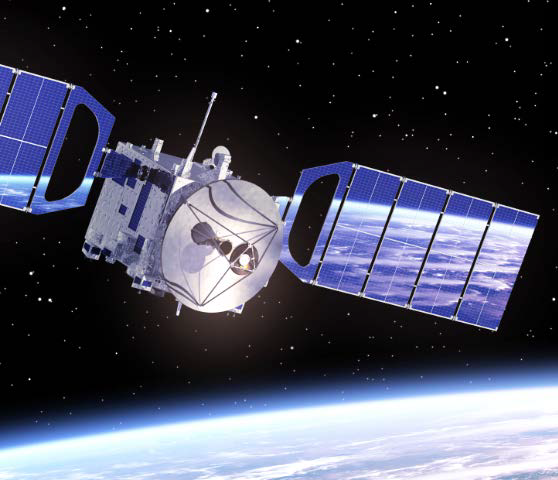
Optical and photonics systems in space.
The last thing you would want is for a component to fail and jeopardize or hamper the mission. The cost of launching payloads into space is considerable, incorporating only ‘space ready’ lenses or optical systems into your satellite or space observation system is therefore critical for realizing longer term, high-performance operation.
Key Considerations
The key environmental considerations when designing lenses to be incorporated in spaceborne optical systems includes how they react to the vibration and shock of launch and extremes of temperature, high vacuum and cosmic radiation temperature, high va encountered in space.
Vibration and shock are all about the optical system surviving the launch into space and in some cases landing on the surface of another planet.
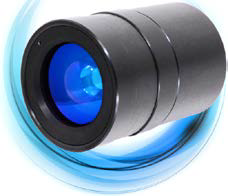
Space ready optical lens
To minimize the effects of vibration and shock it is always good to keep your optical components small and light. The less mass you have the less effect the vibration and shock of launch will have — yes, it’s the old E=mc2 thing.
The next issue is to stop components in your optical system from moving. This requires that all parts are retained as tightly as possible and that retaining rings cannot work loose. This can be done by staking the retaining rings so that they cannot come loose. However, if your required optical components are heavy then it may be preferential to bond all the elements in position. Basically, the mechanical design of space ready optics must consider the mass of the elements and determine what method of retaining is required.
Also, importantly, the effects of vibration and shock must be considered across the operating temperature range of space launch to ensure components cannot become loose due the temperature cycling.
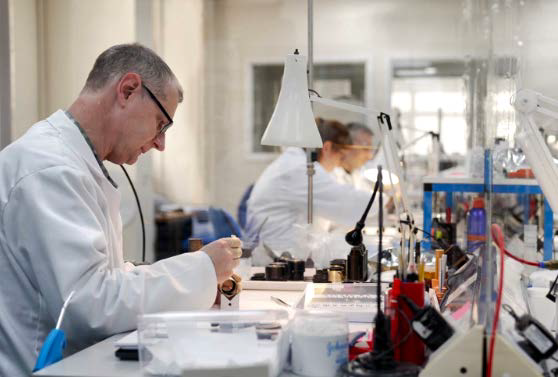
Technicians assembling lenses at Resolve Optics.
Resolve Optics has invested in in-house vibration testing equipment to ensure all lenses and optical systems can withstand the vibration profile provided.
Vacuum
When developing an optical design for a satellite or space telescope system the effect of the vacuum of space does not have an impact. By this I am saying that the difference between the refractive index of air versus a vacuum is so small as to have little to no effect on the final image when working in the visible spectrum. By contrast, when designing an optical system for operating in the UV spectral region, then consideration of the differences in performance in a vacuum compared to air may require consideration.
However, it is in the mechanical design of a lens or optical system that it is imperative that the materials, coatings, glues, and greases are carefully selected to ensure their outgassing properties are known. At Resolve Optics, we will — as a default — look to use tried and tested materials with known vacuum outgassing data. Therefore, we can ensure that detailed material certificates are available and these certificates are supplied to the customer with the finished lenses or optical systems. These certificates provide proof of materials used and complete traceability back to their source.
In addition to using only approved materials, the mechanical design of space ready optics must also account for venting of voids and trapped airspaces to avoid elements cracking or pressure affecting the performance of the lens or optical system.
Temperature
The biggest impact of temperature on an optical system is the expansion and contraction of the components which, if left unaccounted for, could lead to the lens going out of focus.
To mitigate the effects of temperature, the design of space ready optics must be athermalised to ensure that lenses or optical systems maintain focus throughout the operating temperature range provided by the customer.
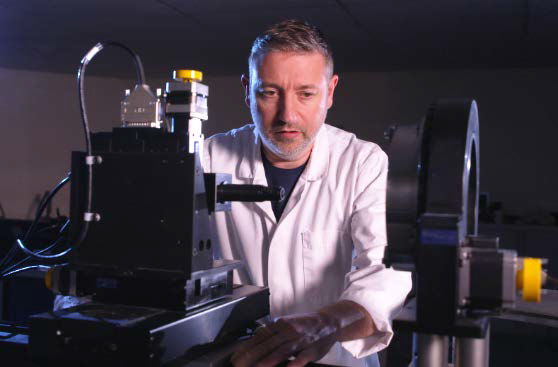
Optical testing at Resolve Optics.
Achieving passive athermalisation is possible for most designs; however, as the required bandwidth and resolution increase, then this becomes more and more difficult. In these cases (which are rare), we work closely with customers to find the most appropriate solution cases (which are rare), we work closely with customers to find the most appropriat that ensures best performance across their desired temperature operating range.
The impact of cosmic radiation on your lens or optical system is a major consideration when designing for use in space. Unfortunately, standard optical glass types turn brown or grey when exposed to cosmic radiation. As a result, the light transmission of the lens will degrade markedly.
If the space mission duration is short — just 1 or 2 weeks — then you can probably get away with using standard glass types, as the level of discoloration over this period of time is likely to be minimal.
For longer term missions, it is important that cerium doped glass elements should be considered to prolong the life of the lens or optical system to years. Cerium doped glasses often have a yellow tint, so careful selection of doped glass types must be made to ensure the yellow tint does not adversely affect the produced optical image.
In addition to selected radiation resistant optical materials, all other materials used in the construction of your lens should also be carefully selected as some materials can become brittle after time exposed to radiation.
Removing Foreign Object Debris

To achieve the limit of performance, Resolve Optics can perform vacuum bakeout on lenses and optical systems to ensure they are completely free of microscopic foreign object debris.
Testing + Qualification Importance
Once a space ready lens or optical system has been designed and built it must then be tested to qualify that it meets the optical performance specification. Using our in-house state-of-the-art MTF test center, Resolve Optics provides accurate and repeatable test results for MTF/resolution, distortion, field of view and register distance on all supplied space ready lenses and optical systems in the form of a test acceptance report.
www.resolveoptics.com

Mark Pontin
Author Mark Pontin is the Managing Director of Resolve Optics and he has been involved in the optics and photonics industry for more than 25 years. He may be contacted on markpontin@resolveoptics.com or +44-1494-77100.
Over the last 20 years, Resolve Optics has built a reputation for designing and supplying high performance space ready optical systems for monitoring the outside of spacecraft looking for any signs of damage caused by space debris or micro meteorites. For inspection tasks, where the optical system is required to view a specific area to aid operation. As part of a vision systems used to guide and dock payload craft visiting platforms such as used on the International Space Station. And, to enhance remote sensing from satellites where powerful, high-resolution lenses enable the Earth to be viewed from space providing valuable data on the Earth to be viewed from space providing valuable weather patterns and the impact of climate change.


